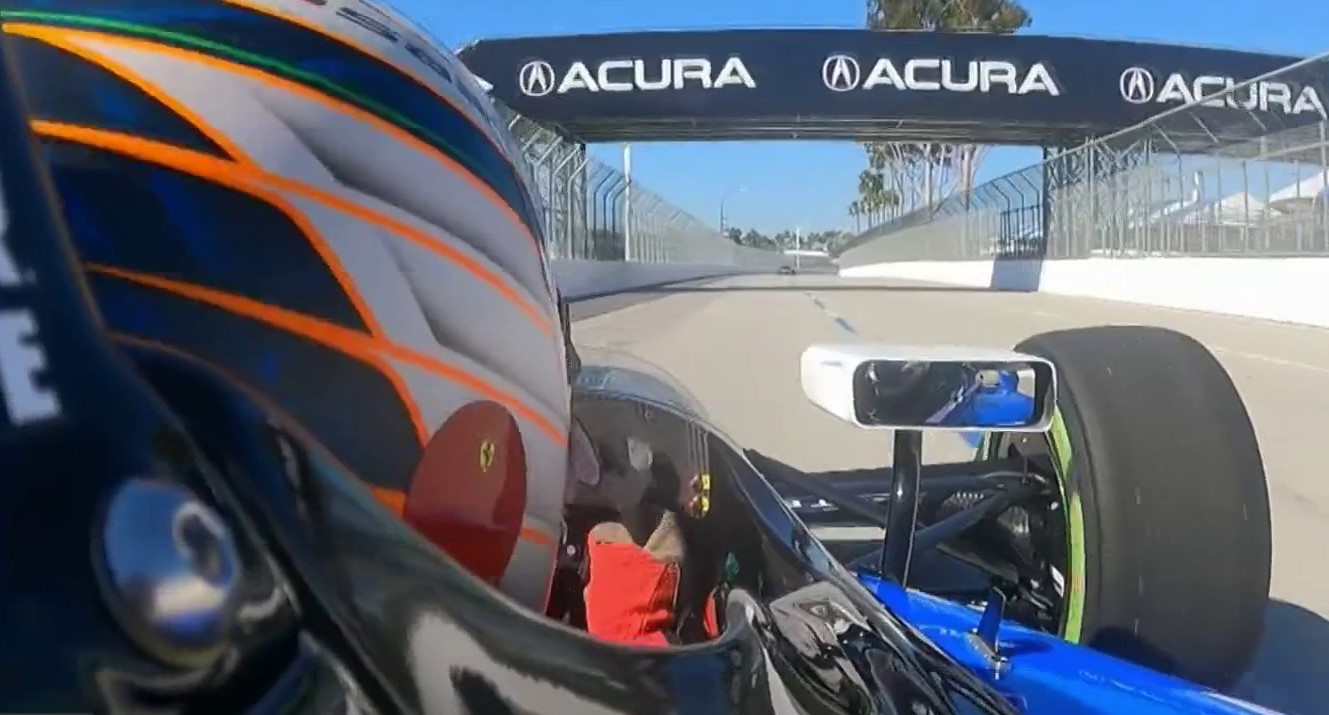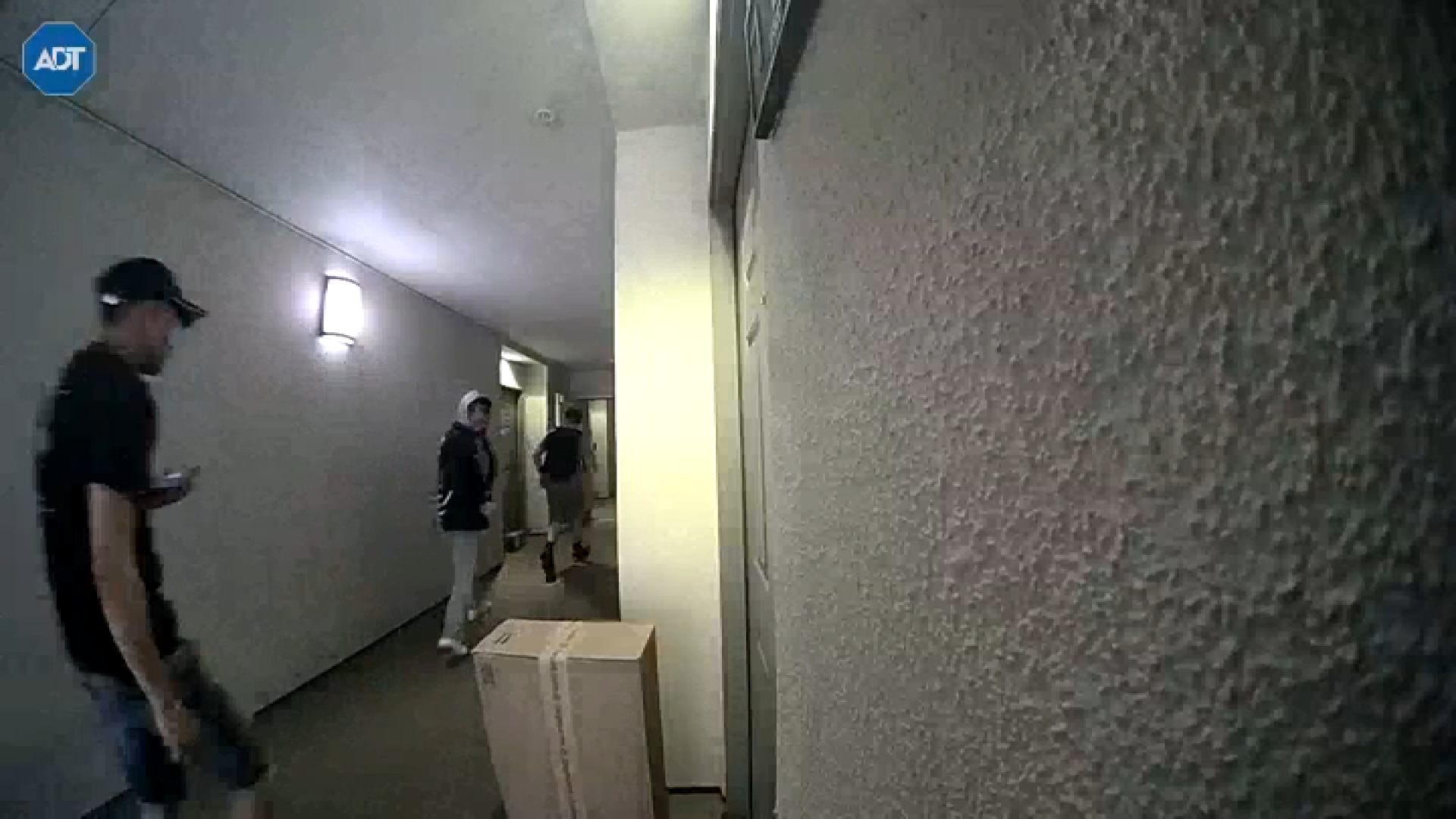A new round of testing is intended to determine the extent of tiny droplets of toxic chemicals that may have been released during the four month long gas leak and been carried inside Porter Ranch homes on dust particles that may now pose a health threat.
It is theorized that this may be causing symptoms that continue to be reported by residents who have returned home in the six weeks since the leak was plugged.
Evidence of the carcinogen benzene and the neurotoxin hexane on tiny dust particles was discovered in two of seven Porter Ranch homes tested in February by Professor Michael Jerrett, PhD, Chair of the UCLA Department of Environmental Health Sciences in the Fielding School of Public Health.
Adding urgency to the study is the revelation that in a community assessment survey two weeks ago of 210 homes within three miles of the well that leaked, 62 percent reported symptoms, including headaches, respiratory discomfort, rashes and nosebleeds.
Local
Get Los Angeles's latest local news on crime, entertainment, weather, schools, COVID, cost of living and more. Here's your go-to source for today's LA news.
"Clearly, there's some irritant," Jerrett said.
Jerrett is serving as a consultant for the Los Angeles County Department of Public Health, the lead agency on the new testing, and also the agency that conducted the community assessment.
Monitoring for methane and other gases began shortly after the leak was reported last October 23 from a well in the Aliso Canyon storage facility above Porter Ranch.
"Throughout this incident, SoCalGas has supported environmental testing to help ease the concerns of the Porter Ranch community," begins a Gas Company statement issued Monday. "Thousands of air samples have been independently collected and analyzed and found to be at or near levels seen in the rest of the county, and below levels of concern."
Those studies focused on gas levels. The new emphasis is on particulates.
Phase one of the current testing entailed taking wipe samples from surfaces, which was completed Monday, said Angelo Bellomo, DPH deputy director for the health protection division. The second phase, expected to take eight days, will focus on indoor airborne levels.
It is estimated the leak released as much as 100,000 tons of methane, the primary constituent of natural gas, and an undetermined amount of different hydrocarbons, sulfur compounds, and other contaminants. The well accessed a natural underground geologic formation from which crude oil had been pumped, before the formation was converted into a storage facility into which natural gas was injected and withdrawn as needed.
Offsite and within the community, measured levels of benzene and hexane and other chemicals of concern remained below daily exposure limits established in federal and state standards. The
concern is, if disturbed, the tainted dust particles could become "inhalable," Jerrett said.
During the period of the leak, public health officials offered repeated assurances that symptoms would go away when the leak intended, and that long term health impacts should not be expected.
Jerrett challenged that.
"I agree there's a low probability based on exposures that were experienced," said Jerrett. "But can we say that with certainty? I don't think so."
The government mandates exposure limits for industrial applications, both acute short term and chronic long term.
However, there has been limited research into "sub-chronic" exposure over a period of a few months to chemicals such as benzene, and there are no specific standards, Jerrett said. He found a study on a Texas oil field flare-off that released benzene, but there were no measurements of concentrations.
Besides benzene and hexane, the current testing will look for low levels of volatile organic compounds and other hazardous chemicals.
Jerrett would prefer they don't find any, he said.
"What I hope to find is that people can go back home and be assured if they are getting sick, it's not from the dust in homes being toxic."
If that's the case, health officials will have to come up with another theory to explain the ongoing illnesses.
If there is tainted particulate contamination, the challenge will be to develop a cleaning protocol to render homes safe.
Completing the gathering of data, and analyzing it, could take two to three weeks, both Bellomo and Jerrett said.
Under a court ruling, SoCalGas is committed through Tuesday to continue paying housing costs and per diem food expenses for residents who relocated away from the leak. Monday, 3,263 households remained in hotels or staying with friends/family, according to the Gas Company. Los Angeles County officials are expected to seek another extension of relocation payments until the indoor testing analysis is complete. The Gas Company has already said it will continue to cover housing expenses at least until the current leases expire for another 1,918 households in long term housing.
If significant indoor contamination were to be found in any location being tested, that would be announced without waiting for the study to be completed, Bellomo said.
"If there is a smoking gun, we'll know sooner rather than later," said Paula Cracium of the Porter Ranch Neighborhood Council.
SoCalGas has already launched an outdoor cleaning program to remove splotches of contaminants, and has finished the work on playgrounds and schools, according to the Gas Company statement. It has assessed some 300 homes, and completed cleaning of "more than two dozen."



